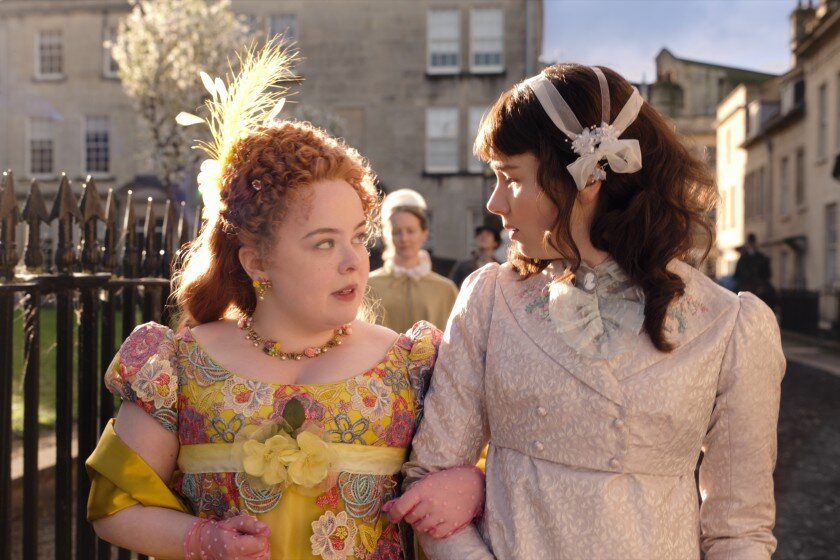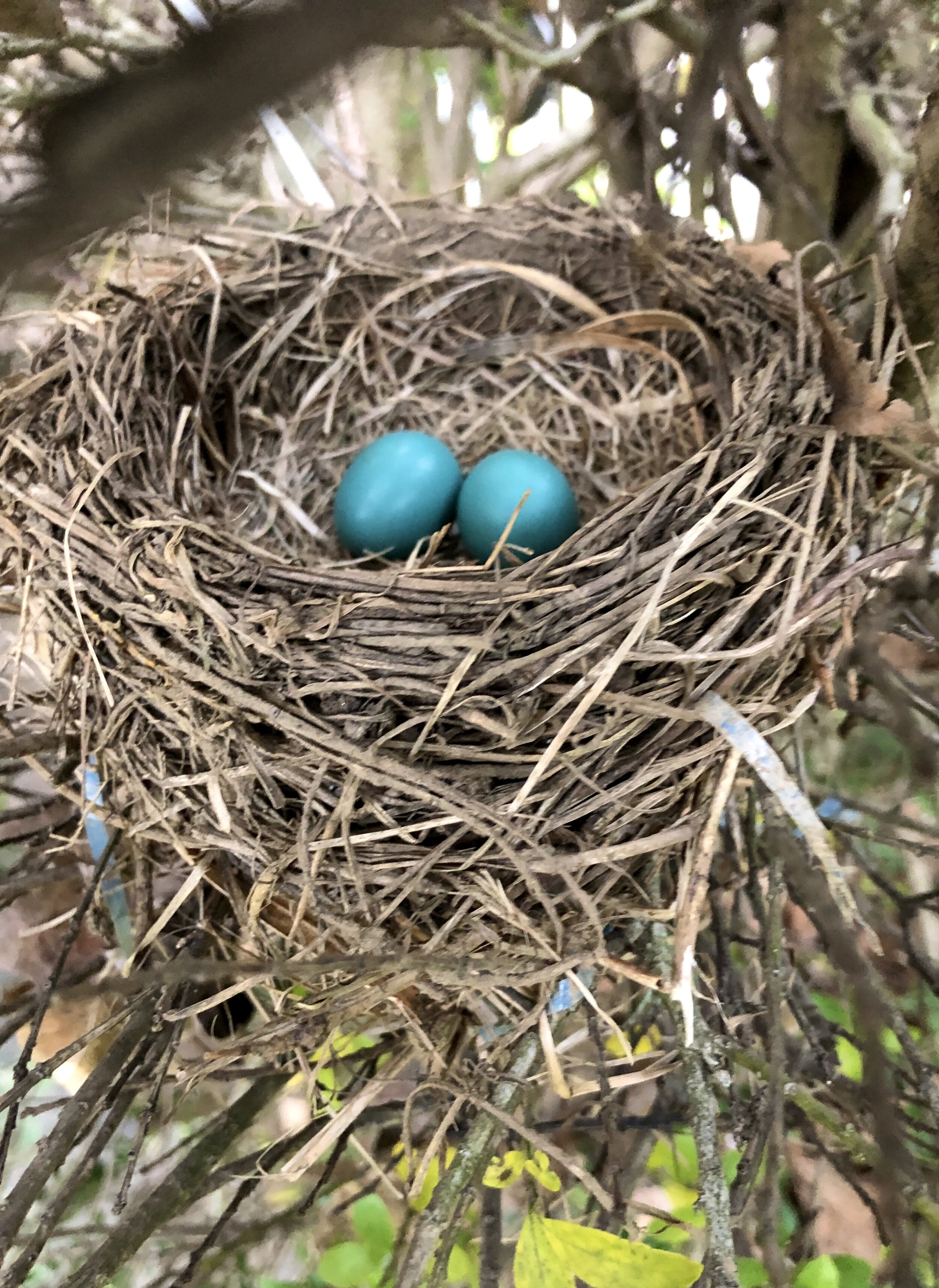On a surprisingly sunny day for England in September 2019, over 500 people in Regency style dress strolled from Sydney Garden through the streets of Bath, led by the 33rd Regiment of Foot, red-coat reenactment soldiers and the town crier. This was the world-famous and record-breaking event known as the Grand Regency Costumed Promenade, the official opening to the annual Jane Austen Festival in the beautiful Georgian city of Bath, England. The Promenade is the largest of all festival events and is a nod to the social and cultural phenomenon that was walking in public during the Regency era. Jane Austen also used the act of walking as a tool in character and plot development in her novels. After all, many important plot elements are revealed during walks in the country or by the sea in Persuasion and Mr. Knightly often opts for country walks instead of using his carriage in Emma.
Walking for exercise, fashion, and as a social event was an important part of Regency life, especially those of the upper class privileged to using promenading and strolling as a recreational event to see and be seen. For the ladies and gentlemen of the upper class, walks were never undertaken as a means of travel (they had a carriage for that), but rather for enjoyment and display through public places. Women especially took advantage of these public social outings as an opportunity to publicly promenade with other stylish people in the latest fashions. Walking or promenade dresses featured unique design details and were subject to their own fast-changing trends in color and fabrics. Adorning your hair with feathers and ribbon was also popular, and it’s easy to make your own Jane Austen style headband at home.
William Groombridge, The Woodlands, the Seat of William Hamilton, Esq., 1793, oil on canvas, 45 5/8 x 58 1/8 in. (115.8 x 147.6 cm). Santa Barbara Museum of Art, Gift of Mrs. Sterling Morton for the Preston Morton Collection.
Those especially fortunate to promenade often walked in the delightful and picturesque paths of English landscape gardens like Stowe in Buckinghamshire, and Stourhead in and Wiltshire. Also known more simply as the “English garden,” landscapes such as Stowe and Stourhead are examples of the style that emerged in England in the18th century as the predominant gardening style of Europe. Much more informal than previous styles of symmetry and order, these gardens drew inspiration from idealized pastoral landscapes and idyllic paintings, often with groves of trees, paths to reveal specific views, and interspersed examples of classical architecture. Sound familiar? This is the world William Hamilton was accustomed to and the aesthetic theories that greatly influenced the building and landscape design of The Woodlands.*
James Peller Malcolm, The Woodlands From the Bridge at Gray’s Ferry, c. 1792–94, in Beth C. Wees and Medill H. Harvey, Early American Silver in the Metropolitan Museum of Art (2013), 259. [2]
Hamilton entertained guests at The Woodlands during the Philadelphia social season, like many Philadelphians with similar means and prestige. It is quite exciting to think of visitors promenading around the site and experiencing the winding paths and surprising vistas in the garden of the mansion overlooking the Schuylkill River. In a letter from L.G. to her sister Eliza after a visit to The Woodlands in 1788 she describes a walk with Hamilton around the landscape:
“Mr. Hamilton was remarkably polite - he took us round his walks which are planted on each side with the most beautiful & curious flowers & shrubs they are in some parts enclosed with the Lombardy poplar except here & there openings are left to give you a view of some fine trees or beautiful prospect beyond...when you arrive at the bottom of the lawn along the borders of the river you find quite a natural walk which takes the form of the grounds entirely shaded with trees...
It would take several days to be perfectly acquainted with the various beauties of this charming place."[1]
This year, we are bringing the tradition of promenading and strolling through English gardens and the spirit of Austen’s writing to the Woodlands with the first ever Jane Austen Promenade on February 13, 2021 from 3:00-5:00PM! In celebration of the things that make The Woodland’s landscape so special (and to give us a reason to step away from our screens and enjoy the simple pleasures of the outdoors!) we invite you to promenade with us. You can learn more about the event here.
* Did you know: The reputation of The Woodlands and Hamilton’s expertise in botany and landscape design earned him an invitation from Thomas Jefferson in 1806 to help him lay out the gardens in Monticello? Richard J. Betts writes in his article “The Woodlands” and book Jefferson's Garden Book (322-24) that Jefferson sent a letter to Hamilton, but it is unknown how Hamilton responded and unlikely he visited Monticello. Still, pretty cool!
Written by:
Nicole Felicetti
References:
[1] Betts, Richard J. “The Woodlands.” Winterthur Portfolio, vol. 14, no. 3, 1979, pp. 213–234. JSTOR, www.jstor.org/stable/1180658. Accessed 4 Feb. 2021.
[2] William Hamilton - History of Early American Landscape Design. https://heald.nga.gov/mediawiki/index.php/William_Hamilton#Images. Accessed 4 Feb. 2021.




![James Peller Malcolm, The Woodlands From the Bridge at Gray’s Ferry, c. 1792–94, in Beth C. Wees and Medill H. Harvey, Early American Silver in the Metropolitan Museum of Art (2013), 259. [2]](https://images.squarespace-cdn.com/content/v1/51ad165be4b095d664d87dfe/1612537225780-CU0JT92BL96F2UL3RSQS/Hamilton_Mansion.jpg)







